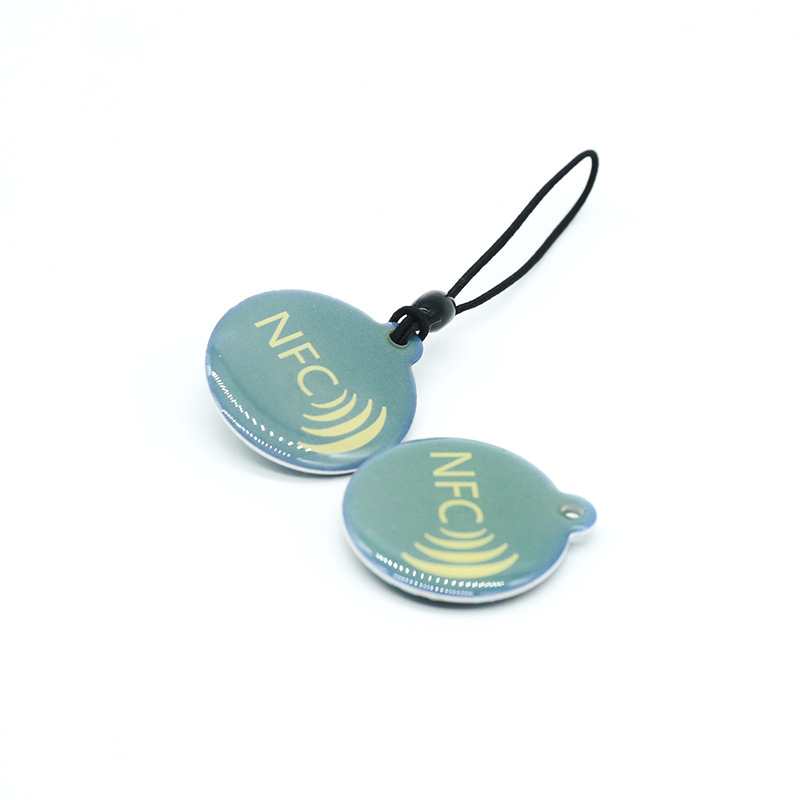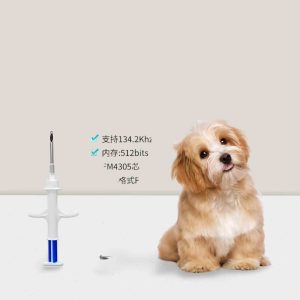RFID tag types, also known as transponders, are the heart of the RFID system, and they come in a variety of types. In this article, we’ll explore the different types of RFID tags and their applications.Radio-frequency identification (RFID) technology is widely used across various industries for tracking, inventory management, and other applications.
Types of RFID Tags
1. Passive RFID Tags: Passive RFID tags do not have their own power source and are powered by the radio frequency energy transmitted by an RFID reader. These tags are small, lightweight, and low-cost. They are used in a variety of applications, such as tracking inventory and assets.
2. Active RFID Tags: Active RFID tags have their own power source, typically a battery. These tags can transmit signals over a longer range and are often used for tracking vehicles, containers, and other assets. Active RFID tags are more expensive than passive tags and require periodic battery replacements.
3.Semi-passive RFID Tags: Semi-passive RFID tags are also known as battery-assisted passive (BAP) tags. They use a small battery to power the tag’s microchip and other components, but rely on an external power source for radio frequency transmission. Semi-passive tags are used in applications where longer read range is needed, but battery life is not critical.
4. NFC Tags: Near-field communication (NFC) tags are a type of passive RFID tag that can be used for short-range communication, typically within a few centimeters. NFC tags are used in a variety of applications, such as contactless payments and electronic ticketing.
5.UHF RFID Tags: Ultra-high frequency (UHF) RFID tags are used in a wide range of applications, including inventory management, supply chain management, and asset tracking. These tags have a longer read range than other types of RFID tags, typically up to several meters.
HF RFID Tags: High-frequency (HF) RFID tags are used in applications that require high-speed data transfer and reading accuracy, such as electronic toll collection and access control. HF tags have a shorter read range than UHF tags, typically up to one meter.
RFID tag types by frequency range
The frequency range of an RFID tag determines how fast it can communicate with the reader, how far it can be read from, and how well it can penetrate through liquids and metals. The main frequency ranges for RFID tags are:
Low-frequency (LF) RFID tags: These tags operate at 125khz and have a short read range of up to 10 cm. They are less affected by interference from liquids and metals, so they are often used for applications that involve metal objects or liquids, such as animal identification, beer kegs, or automobile parts.
High-frequency (HF) RFID tags: These tags operate at 13.56MHz and have a longer read range of up to 1 meter. They have higher memory capacity and data transfer rates than LF tags, so they are suitable for applications that require more information storage or faster communication, such as library books, theme park tickets, or smart cards.
Ultra-high-frequency (UHF) RFID tags: These tags operate at 860-960Mhz and have the longest read range of up to 12 meters. They can also read multiple tags at once at high speeds, so they are ideal for applications that involve large volumes of items or fast-moving products, such as inventory management, logistics, or retail.
Near field communication (NFC) RFID tags: These tags are a subset of HF tags that operate at 13.56 MHz and have a very short read range of up to 10 cm. They are designed for secure and interactive communication between devices, such as smartphones, tablets, or payment terminals. They can be used for applications that involve contactless payments, loyalty programs, or digital content delivery.
Applications of RFID Tags
Applications of RFID Tags
RFID tags are used in a variety of industries, including retail, healthcare, logistics, and manufacturing. Some common applications of RFID tags include:
Inventory Management: RFID tags can be used to track and manage inventory in real-time, reducing the risk of stockouts and overstocking.
Asset Tracking: RFID tags can be used to track and manage assets, such as vehicles, equipment, and tools, reducing the risk of loss or theft.
Supply Chain Management: RFID tags can be used to track products and shipments in real-time, improving visibility and reducing delays and errors.
Security: RFID tags can be used for access control, electronic toll collection, and other security applications.
RFID technology offers a wide range of benefits, including increased efficiency, accuracy, and security. The type of RFID tag that is best for a particular application depends on several factors, including the read range, cost, and battery life. By understanding the different types of RFID tags and their applications, businesses can make informed decisions about which type of RFID tags is best for their specific











